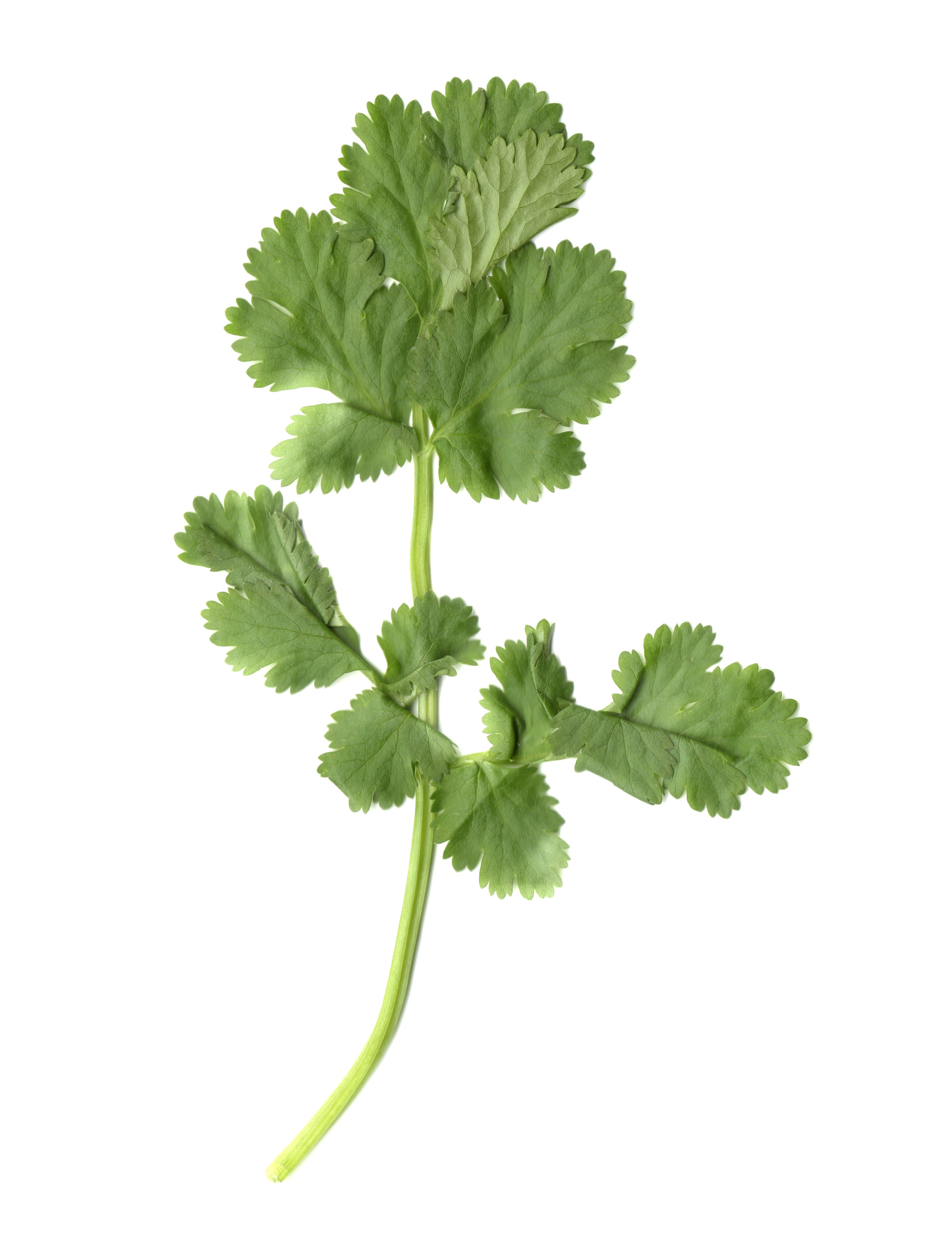 Brought to you by Fix.com
Brought to you by Fix.com
Growing plants indoors can be beneficial to both body and mind. Normal plant processes include absorbing CO2 and releasing moisture into the air. Physically, both of these functions can be beneficial in a stuffy office environment. Humans breathe in air, absorb O2, and exhale CO2, while plants will do the opposite – absorbing the CO2 and releasing O2. This exchange makes having plants around seem like a logical idea. One study, published in the Journal of Environmental Psychology, studied possible benefits of indoor plants, finding that indoor office plants could prevent fatigue during attention-demanding work. Plants can actually make us smarter!
Now, this sounds good in theory, but how does one go about getting their office or home filled with plants in an easy way? You’re at the right place! This infographic shows you which plants are worthy of your selection, along with some informative notes on care. Pothos, Spider Plant, English Ivy, Rubber Tree, Dumb Cane, Fiddleleaf Fig, Heart-Leaf Philodendron, Snake Plant, Jade plant, Cast Iron Plant, Peace Lily, and Ponytail Palm are the gems listed below.
Whichever you choose, you should ensure you adhere to some important best practices when it comes to caring for house plants. The most important of these are not over-watering your plant, and pruning your plant to keep the foliage even.




